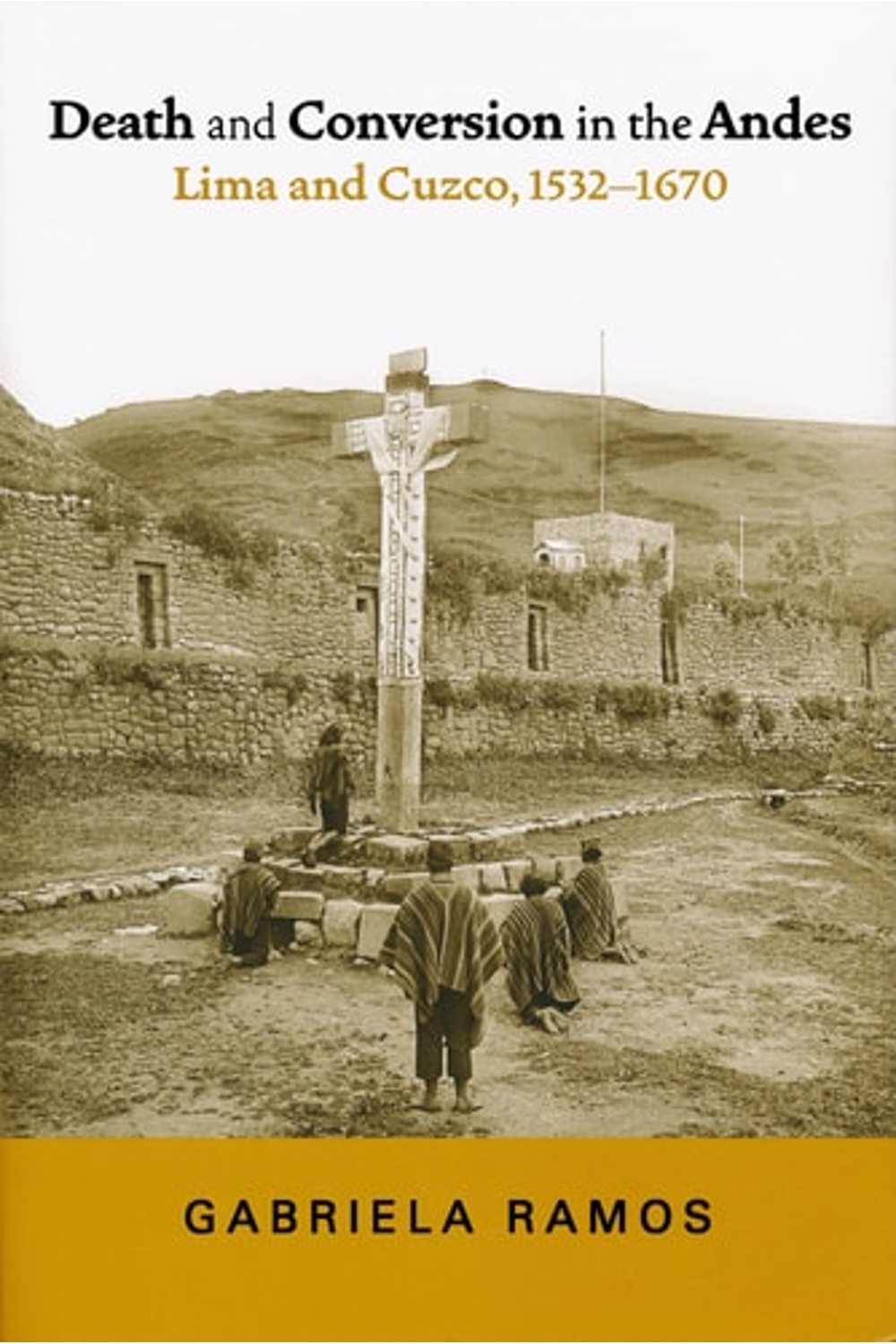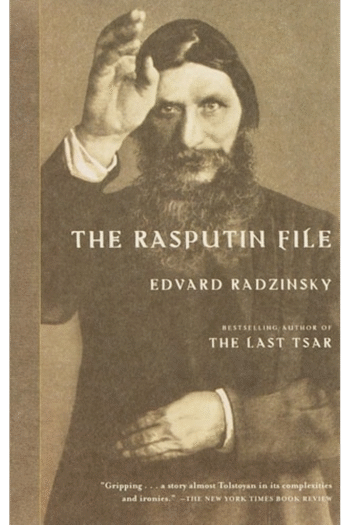“Death and Conversion in the Andes: Lima and Cuzco, 1532-1670” by Gabriela Ramos explores the fascinating clash between Spanish colonial rule and deeply rooted Andean beliefs surrounding death and ancestor veneration. Challenging conventional narratives, Ramos delves into how the suppression and eventual adaptation of pre-Columbian death rituals was central to the Spanish strategy of converting the indigenous population to Catholicism. Drawing on diverse sources, including wills, historical archives, and archaeological findings, the book highlights the strategies used by Andeans to negotiate colonial power, maintain kinship ties, and secure their place within a new social order. This meticulously researched work examines the contrasting experiences of Lima and Cuzco, offering a nuanced understanding of cultural exchange and the enduring legacy of indigenous identity. A key title in the “History, Languages, and Cultures of the Spanish and Portuguese Worlds” series, this First Edition provides critical insight into a transformative period in Latin American history and religious studies. Ideal for scholars and readers interested in colonial history, Andean culture, and the complexities of religious conversion.
Death and Conversion in the Andes: Lima and Cuzco, 1532-1670 (History, Languages, and Cultures of the Spanish and Portuguese Worlds)
19,73 $
In stock
When the Spanish invaded the Inca empire in 1532, the cult of the ancestors was an essential feature of pre-Columbian religion throughout the Andes. The dead influenced politics, protected the living, symbolized the past, and legitimized claims over the land their descendants occupied, while the living honored the presence of the dead in numerous aspects of daily life. A central purpose of the Spanish missionary endeavor was to suppress the Andean cult of the ancestors and force the indigenous people to adopt their Catholic, legal, and cultural views concerning death. In her book, Gabriela Ramos reveals the extent to which Christianizing death was essential for the conversion of the indigenous population to Catholicism.
Ramos argues that understanding the relation between death and conversion in the Andes involves not only considering the obvious attempts to destroy the cult of the dead, but also investigating a range of policies and strategies whose application demanded continuous negotiation between Spaniards and Andeans. Drawing from historical, archaeological, and anthropological research and a wealth of original archival materials, especially the last wills and testaments of indigenous Andeans, Ramos looks at the Christianization of death as it affected the lives of inhabitants of two principal cities of the Peruvian viceroyalty: Lima, the new capital founded on the Pacific coast by the Spanish, and Cuzco, the old capital of the Incas in the Andean highlands. Her study of the wills in particular demonstrates the strategies that Andeans devised to submit to Spanish law and Christian doctrine, preserve bonds of kinship, and cement their place in colonial society.
| Authors | |
|---|---|
| Binding | |
| Condition | |
| ISBN-10 | 0268040281 |
| ISBN-13 | 9780268040284 |
| Language | |
| Pages | 368 |
| Publisher | |
| Year published | |
| Weight | 496 |
| Edition | First Edition |
| Dewey decimal | 985/.25 |
Related products
The Rasputin File
21,16 $
- Additional information
- Currencies
- USD – United States dollar
- EUR – Euro
- GBP – Pound sterling
- CNY – Chinese yuan
- BRL – Brazilian real
- MXN – Mexican peso
- JPY – Japanese yen
- PHP – Philippine peso
- THB – Thai baht
- PLN – Polish złoty
- CAD – Canadian dollar
- MYR – Malaysian ringgit
- AUD – Australian dollar
- TWD – New Taiwan dollar
- CZK – Czech koruna
- SEK – Swedish krona
- HUF – Hungarian forint
- ILS – Israeli new shekel
- CHF – Swiss franc
- HKD – Hong Kong dollar
- DKK – Danish krone
- SGD – Singapore dollar
- NOK – Norwegian krone
- NZD – New Zealand dollar





